Scientists Observe Solar System Planets Like Alien Worlds
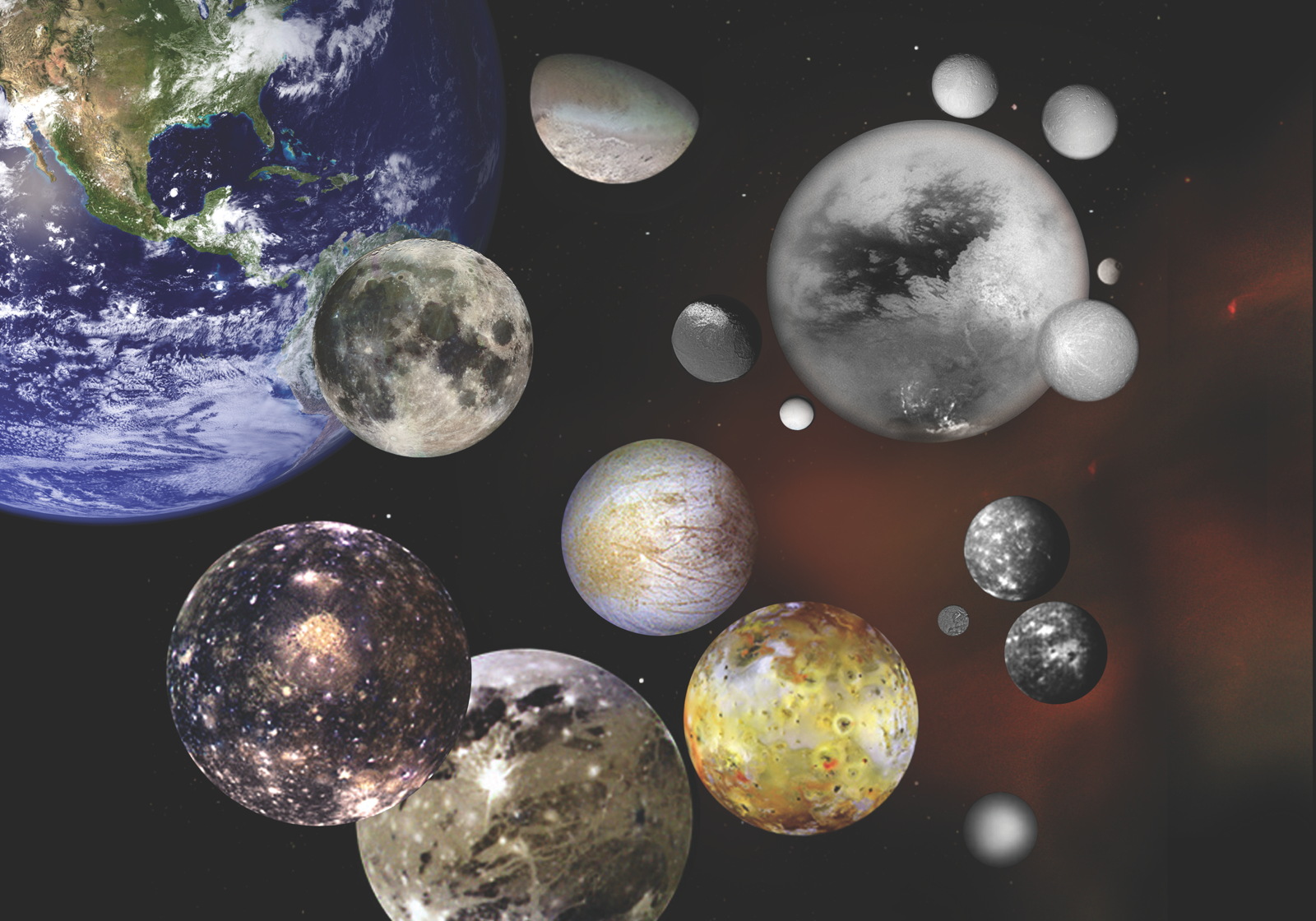
"It takes one to know one," as the old truism goes. When it comes to unraveling the mysteries of far-off exoplanets, the same holds true — one more reason why astronomers want to thoroughly understand the local planets right here in our Solar System.
A new scientific paper moves the ball forward in this regard by simulating how several rocky Solar System bodies would look if glimpsed at the light-years distance of alien worlds. Across such great spans, exoplanets are just dim specks. But what little light does get to us could, the study suggests, imply intriguing details about their surface features, provided we know what to look for.
Previous studies of Earth have demonstrated that oceans, continents and ice caps bounce back strikingly different amounts of light into space. Models demonstrate that even from considerable distances, an observer would be able to pick out the different types of surface materials of water, land and ice. [Our Solar System: A Photo Tour of the Planets]
The new study extends this concept to solid worlds unlike Earth, such as Mars and the Galilean moons, to broaden our basis for comparison.
"We eventually want to investigate the surface environments of Earth-like exoplanets, and for this purpose the observable signatures of Earth have been widely studied," said lead author Yuka Fujii, a postdoctoral research scientist at the Tokyo Institute of Technology's Earth-Life Science Institute. "To interpret the data of unknown planets obtained in the future, we also need to know the possible variety of observable features of other, non-Earth-like planets."
The study, titled "Geology and Photometric Variation of Solar System Bodies with Minor Atmospheres: Implications for Solid Exoplanets," has been accepted for publication in the journal Astrobiology.
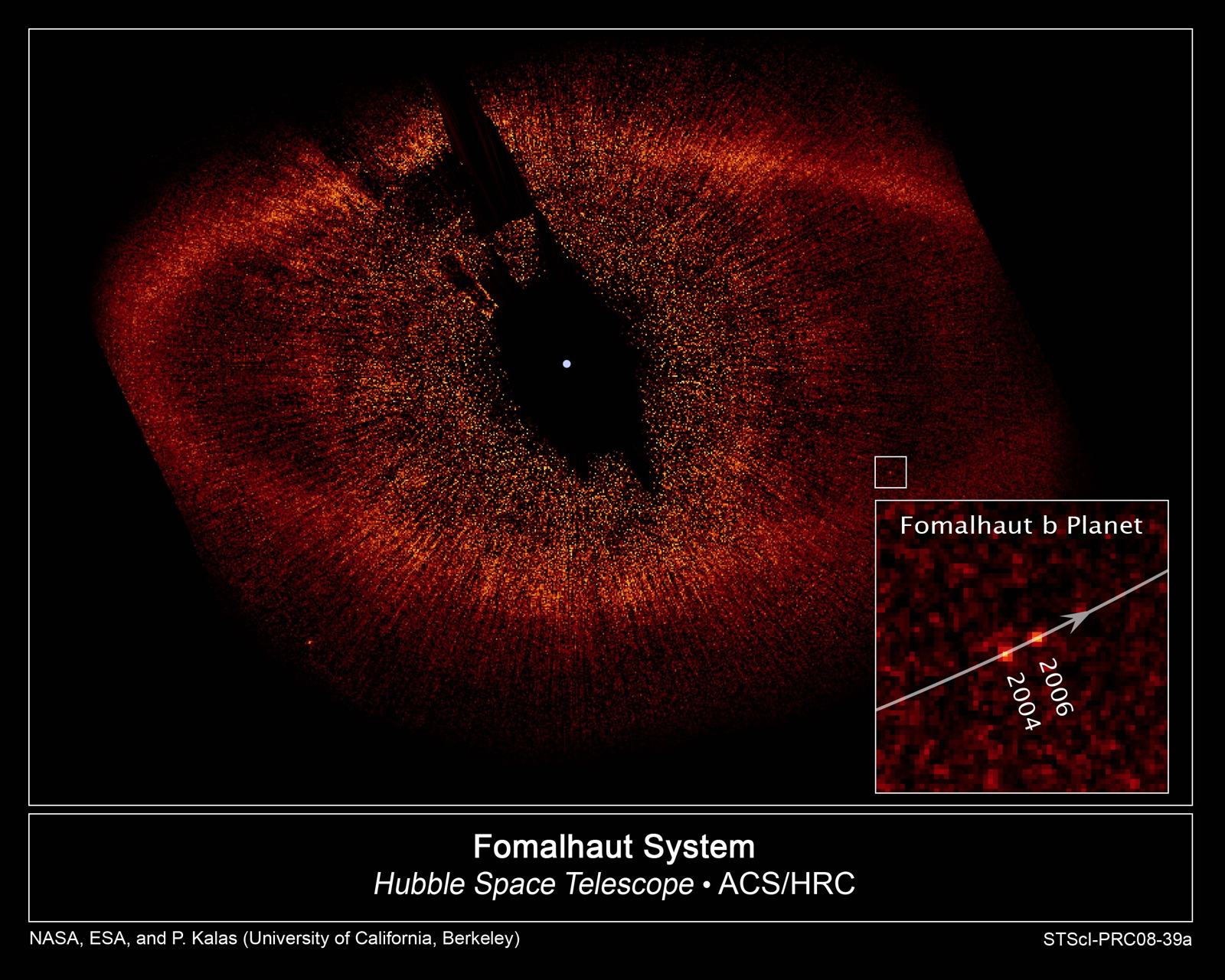
Staring right at you
Although astronomers have discovered nearly 2,000 exoplanets to date, we know very little about any of them. For the vast majority, we merely possess either a mass or a size measurement. Exoplanets are simply too remote and faint for our current suite of instruments to glean tangible, worldly properties like color, surface features and cloud cover.
Get the Space.com Newsletter
Breaking space news, the latest updates on rocket launches, skywatching events and more!
Our most detailed exoplanetary information so far has it that a handful of these worlds harbor gases, such as water vapor and carbon dioxide, in their atmospheres. That knowledge comes from signatures imprinted by those gases onto light that has passed through the atmosphere. The measurement, though, is indirect. The light assumed to pertain to the exoplanet is separated out from the overwhelming glare of its star.
Fujii's study goes a step further in considering worlds that we will "directly image." The distinction: The light from a directly imaged world is just from the world itself, not inferred from within a star's comparatively blinding glare. This happens to be how we study planets in the Solar System: We look right at them rather than teasing their presence out from a blaze of light.
Less than two dozen exoplanets have been directly imaged to date. The potential advantage of this technique is to be able to distinguish features on small, rocky exoplanets, the best places we think for life to arise.
Today's top-notch telescopes, like the Hubble and Spitzer Space Telescopes, will not be up to this task, however. Instead, we must wait for next-generation telescopes and specialized instruments that can collect the planetary light more efficiently than today's instruments, separately from the host star. Several of these instruments in the works may utilize the James Webb Space Telescope, slated for launch in 2018, and the "thirty meter" class of telescopes on the ground.
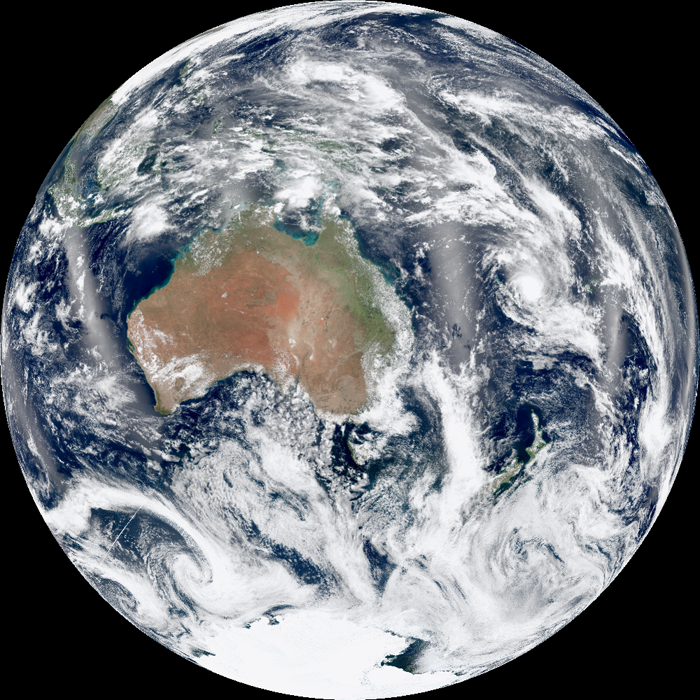
From here to there
To lay a foundation for this future work, Fujii's study rendered Solar System worlds as far-off, dim exo-worlds. Fujii and colleagues collected existing data, as well as some fresh observations of Mercury, the Moon, Mars and the four Galilean moons of Jupiter (Io, Europa, Ganymede and Callisto).
Because these bodies are all relatively close, detailed maps have been made of their surfaces, consisting of thousands of pixels. Exoplanets, however, owing to their distance, can occupy only a single pixel — a so-called point source. To render Solar System bodies as point sources, Fujii averaged the total color, or brightness, of their numerous pixels down to a single pixel. (Ice, for instance, reflects more light than land, so it has a brighter color.)
As a world rotates, the brightness of this single pixel varies over time if the world's surface is not all the same. For example, when Earth rotates such that the vast Pacific Ocean faces toward an observer, the planet's overall brightness changes compared to when, say, the giant landmass of Asia swings into view.
"Due to the spin rotation, we see different slices of the surface at different times," said Fujii. "So if the brightness varies as the planet rotates, it indicates non-uniform surface material." [10 Planets That Could Host Alien Life]
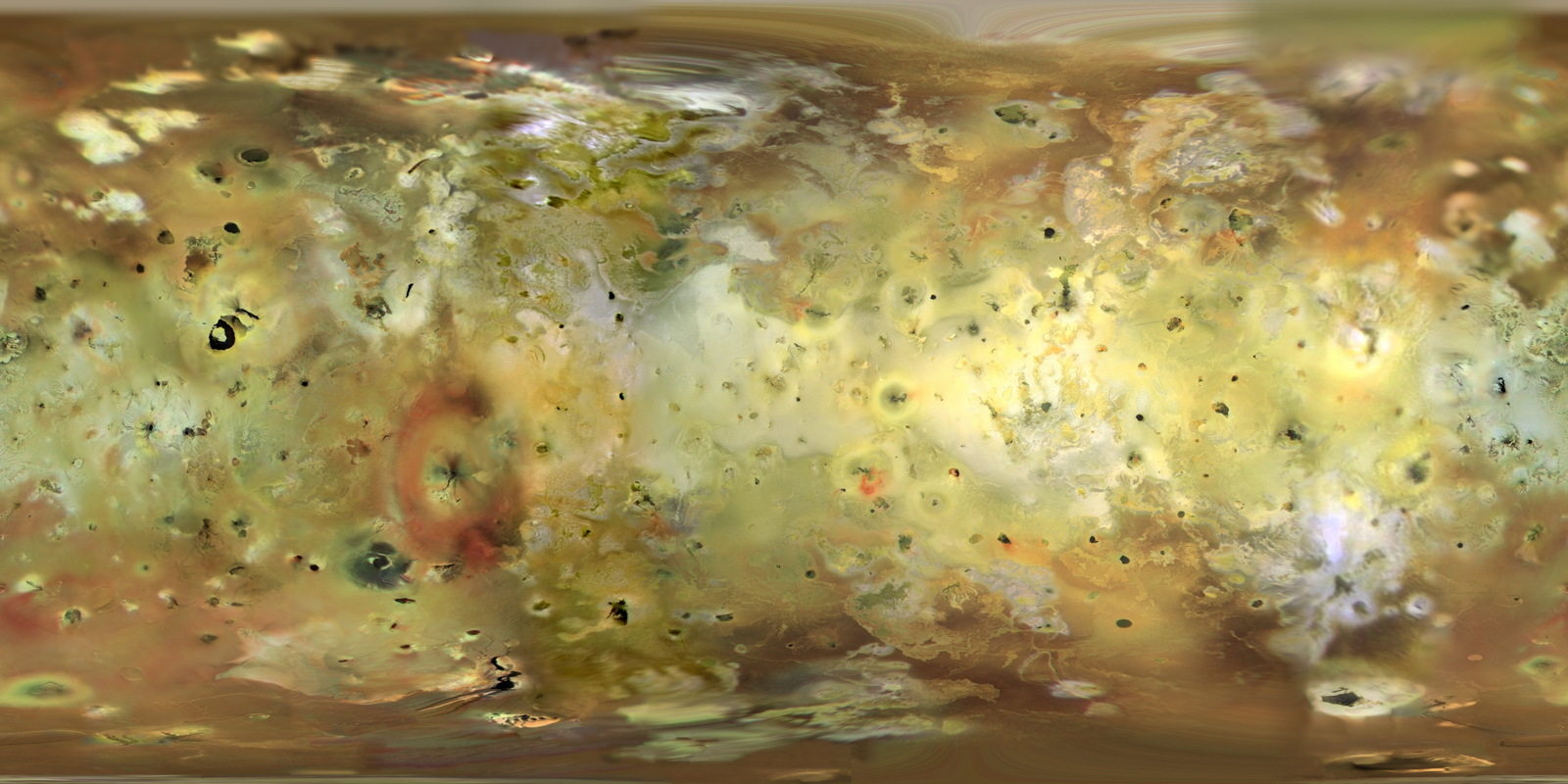
Telltale light changes
The various worlds considered in the study did demonstrate average color variations over time that could be explicitly tied to factors affecting their surface compositions.
For a waterless body like the Moon, regions with potentially large contrasts to elsewhere on the lunar surface are "maria," the dark lava fields that form the pareidolic "Man in the Moon" patterns. And sure enough, the Moon stood out as a Solar System object with discernibly dissimilar light-reflecting regions.
Mercury, though it has a fairly uniformly gray color, has smooth plains covering 40 percent of its otherwise heavily cratered surface. The effect on its light reflectance patterns was similar in some ways, but not as dramatic as that of the two-tone Moon.
Io, meanwhile, jumped out thanks to its raging volcanoes, which have slathered the surface in yellows and reds, famously looking like pizza. The brightnesses of the other three Galilean moons, Europa, Ganymede and Callisto, fluctuated because of patches of darker material deposited on lighter, water ice. Ganymede's light patterns also hinted at its rumpled surface, with grooves and ridges owing to past internal heating events.
Mars, interestingly, had a lot of light variability at longer wavelengths, because fine-grained particles on the Red Planet's surface scatter these forms of light. The iron oxides, or rust, that covers a significant portion of Mars, however, are efficient at absorbing shorter wavelength light. So the notable presences and absences of certain wavelength of light told a convincing tale of what large expanses of the Mars' surface are like.
Overall, over the course of a single rotation of a planet or moon, these geological characteristics caused changes in brightness ranging from five percent to a quote noticeable 50 percent.
"Other Solar System bodies are also distinct, exhibiting various interesting surface features, some of which affect their characteristic surface colors, highlighting the amazing diversity that awaits future reconnaissance, and thus the need for continued study," said Fujii. [Photos: The Search for Water on Mars]
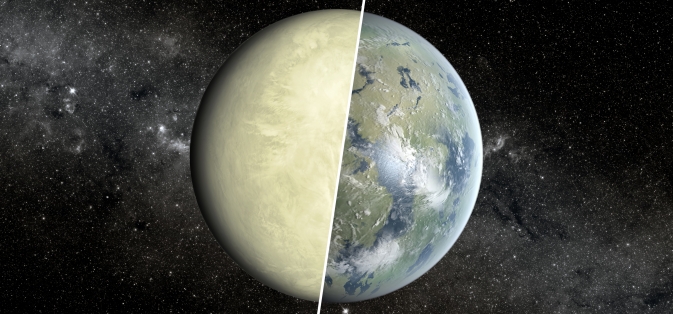
Getting the basics down
The results point to how we might, with direct imaging, begin to pick out exoplanets with distinct, yet familiar geologic histories and perhaps even habitable conditions.
One major aspect that the study sidesteps is the lack of atmospheres in the chosen worlds. Intervening gases, and especially clouds, can make surface characterization difficult or impossible using direct imaging. For example, the thick, cloudy atmospheres of Venus or Saturn's moon, Titan, completely hide their faces.
But in the case of Earth, although clouded here and there, the primary surface entities of continents, oceans and ice caps, can clearly be identified even at tremendous distance, the evidence suggests.
Although indirect atmospheric characterization of habitable exo-worlds will surely precede direct surface imaging, both of these techniques will need to be brought to bear to figure out if, and what sort of, alien life has developed.
"We think this kind of survey is useful," said Fujii, "because in terms of astrobiology, we will be interested in the details of the planetary surfaces after we know the atmospheric profiles."
Along with setting aside atmospheres for now, another caveat of Fujii's study is that the first solid, potentially life-friendly exo-worlds we will likely directly image will be significantly heftier than Earth. These "super-Earths" are on the order of up to twice Earth's width and several times its mass. Per their bigness, super-Earths will be easier to find and examine.
"We wish we had super-Earth counterparts in the Solar System, because then we would definitely study their properties first," said Fujii.
Even so, building upon Fujii's results, astronomers should be well-placed to get a bead on super-Earth surfaces — at least compared to familiar Solar System objects.
"Now that we have a handful of planets and satellites in the Solar System whose properties we know in some detail," said Fujii, "we want to make the most of that knowledge, which we consider as necessary target practice."
This story was provided by Astrobiology Magazine, a web-based publication sponsored by the NASA astrobiology program. Follow us @Spacedotcom, Facebook and Google+.
Join our Space Forums to keep talking space on the latest missions, night sky and more! And if you have a news tip, correction or comment, let us know at: community@space.com.

Adam Hadhazy is a contributing writer for Live Science and Space.com. He often writes about physics, psychology, animal behavior and story topics in general that explore the blurring line between today's science fiction and tomorrow's science fact. Adam has a Master of Arts degree from the Arthur L. Carter Journalism Institute at New York University and a Bachelor of Arts degree from Boston College. When not squeezing in reruns of Star Trek, Adam likes hurling a Frisbee or dining on spicy food. You can check out more of his work at www.adamhadhazy.com.










